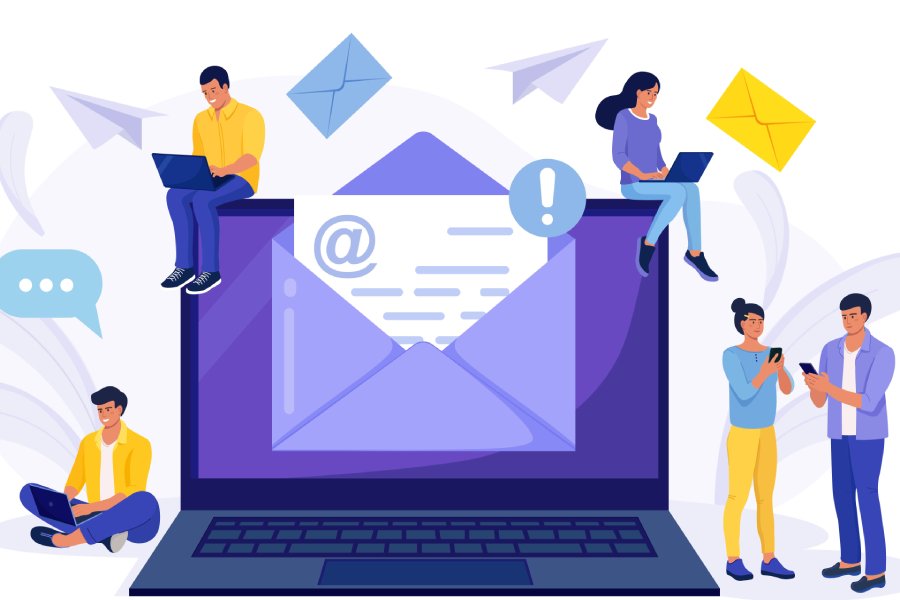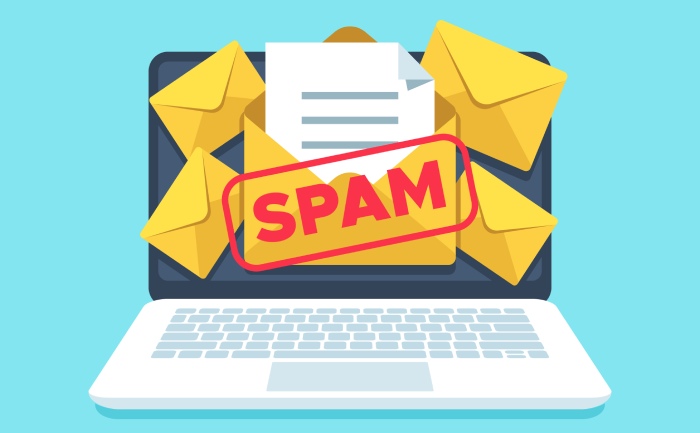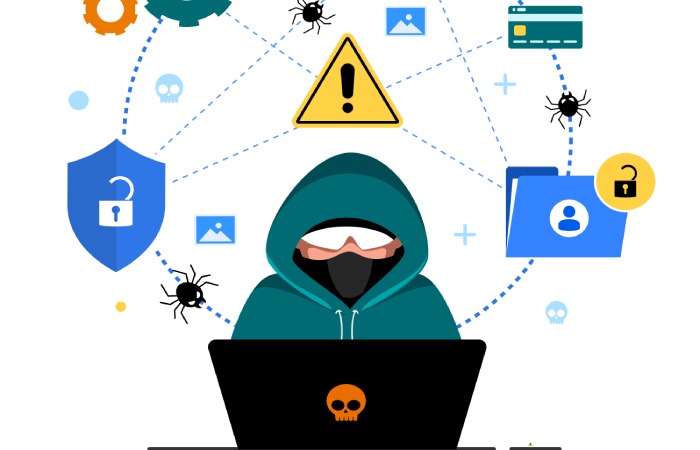No matter if you operate in B2C or B2B, email outreach is a tall order. Even if you use an opt-in verified contact database and have a trustworthy sender domain, your messages may be cluttered by dozens of incoming emails in leads’ inboxes. Email marketers shouldn’t, hence, neglect sending a follow-up email. Not unless they care about the ROIs of their outreach efforts.
Thus, the response ratio to the very first follow-up is usually 40% higher, than the response ratio to the very first email. Say, you receive 1 response on every 10 emails sent. If you follow up on original messages at least once, the average number of responses will be around 4 per 10 delivered messages. Sounds like the trick is worth the hustle, doesn’t it?
How Many Follow-ups Should one Send Before Giving Up?
There’s no one best opinion: some suggest sending 5 follow-ups and more, while others say 3 are the limit. To find the middle ground, consider mailing goals and the audience you target. Less than 2 follow-ups aren’t enough to get through to people, but a dozen – is neither a good course of action, because of the risk of getting spam complaints. Moreover, too many unclaimed messages worsen the reputation of a sender’s domain and make people want to unsubscribe.
What is the best frequency to send follow-ups?
A general rule is – not to appear to be offensive or annoying. Make a pause after every follow-up and increase its duration, if there’s still no answer.
Be guided by the recipients’ behavior, as well. If you email to a prospect who’s already been active for a while, it may be reasonable to send several reminders after no response and distribute them over 3 or 4 weeks. Consider the following schedule as an example:
- on the 3d day after the last letter without reply
- on the 7th day…
- on the 14th day…
- after around 30 days from the first email.
But if your recipients are rather “cold” leads, then it’s recommended to follow up with them soon after – on the 3d or 4th day. You can enhance the email copy by adding some fine points that you didn’t include in the original message. If prospects continue to ignore your messages, it’s best to pause mailing for a while or – exclude them from contact lists.
Don’t follow up via an email alone – apply an omnichannel approach
To have a broader reach out to the audience, combine emails with other communication channels, like Facebook or LinkedIn. For example, you may use social media to learn prospects’ interests or write direct messages to get in touch. With insights about leads’ interests, you can write personalized messages and, hence, increase chances for replies.
The multichannel approach for following-up is also useful for companies with branched organizational structures – when Sales and Marketing communicate with leads overlays at some point.
How do you Effectively Send Follow-up Emails?
The follow-up efficiency consists of 3 components:
- frequency and time of mailing that you choose
- the aptness of the subject line that you write
- the level of personalization you use.
Always highlight the recipient’s possible benefits and provide clear suggestions regarding further actions. Compare:
- Will be looking forward to knowing your thoughts
- I’d suggest booking a call on Wednesday, the 7th, and discussing details.
Also, it’s important to use neutral vocabulary and be polite. You can’t be sure about recipients’ level of awareness of the subject or their attitudes toward humor, so don’t use slang, professionalisms, dialectal words, or jokes in messages.
Tips to write a Follow-up Email
The sender should grasp the purpose of your message, so don’t take too long with greetings or self-introduction. Tell about the essence of the email in 1 or 2 sentences and refer to previous dialogues or agreements, if any.
After, briefly describe the subject matter, emphasizing the benefits of a recipient. If you follow up on a deal offer, you can specify that your company has a special reward for “early-birds”. Thus, if a recipient becomes one of the first clients, he or she will receive extra perks.
Don’t forget to add a precise call to action. If you want to schedule a call with a prospect, suggest a day and several time slots. Or – add a Calendly link, so the person can book the most convenient time.
8 proven examples of a Follow-up Email
The chain of reasoning you use in a follow-up email will depend on the niche your business operates in and the type of product it sells. Obviously, wording and arguments that companies use on the B2B market differ from those in the B2C. They also vary depending on a brand’s positioning and the company’s overall promotional strategy.
We’ve listed apt occasions to send a follow-up and provided examples of a usable message.
A follow-up after a Trigger Event
If some noteworthy episodes have happened on the recipient’s side, you can mention them as a rationale in the message. For example, once you’ve noticed the prospect has published news about plans on business expansion in the LinkedIn profile, you can refer to this “trigger” event in an email and showcase your expertise regarding the matter. Consider this follow-up email template as a benchmark.
A follow-up to resolve the pain point
To convenience leads acknowledging your message, concern yourself with their needs. Mention how exactly your company can assist in resolving issues. For example, if you have helped other clients overcome similar challenges before, comment on some of these success cases in a follow-up.
A follow-up to interest the lead
The insightful, inspirational, and personalized content you share, the higher the response ratio will be. You can follow up by observing important news, exclusive statistics, or – share early access to the latest pieces of content.
A follow-up to highlight the privilege
The formula of a good follow-up is simple – always refer to exact benefits that a recipient will get thanks to cooperation with your company.
Following up depicting Social Proof
People are eager to trust companies, trusted by experts. If your clients are reputable well-known organizations, you can add their reviews right above the CTA.
Following up showing positive reviews
Similar to adding the evidence of social proof, you can include testimonials from real clients. The only point is – not to use too retouched images or PR expressions, like “the best in my life” or so. Another method to follow up is to ask for a review.
Breaking Up With Prospects
If you no longer plan to mail to a prospect, use a “last trial” follow-up. This email is sent before excluding the recipient from a contact database. Breakup emails, however, don’t mean that you should sound inelegant, so don’t use offensive expressions. Thank a person for being a subscriber, explain why you stop mailing and how soon you’ll do that, and wrap the message up with a retaining farewell.
Best Practices while Sending a Follow-up
To get the highest response ratios, stick to several essential creeds:
- write down meaningful and catchy subject lines
- don’t use spam-trigger words, like “URGENT!!!” or “A billion-dollar offer”
- don’t use passive-aggressive expressions, like “Why don’t you…?”
- be precise and brief
- use a good-looking email signature
- add actionable CTAs.
After having no response to the original email, you should wait for a few days and send at least one follow-up email. Such a simple tactic may surprise you with an increase in the average number of replies and, consequently, – the profitability of your email marketing campaign as a whole.



